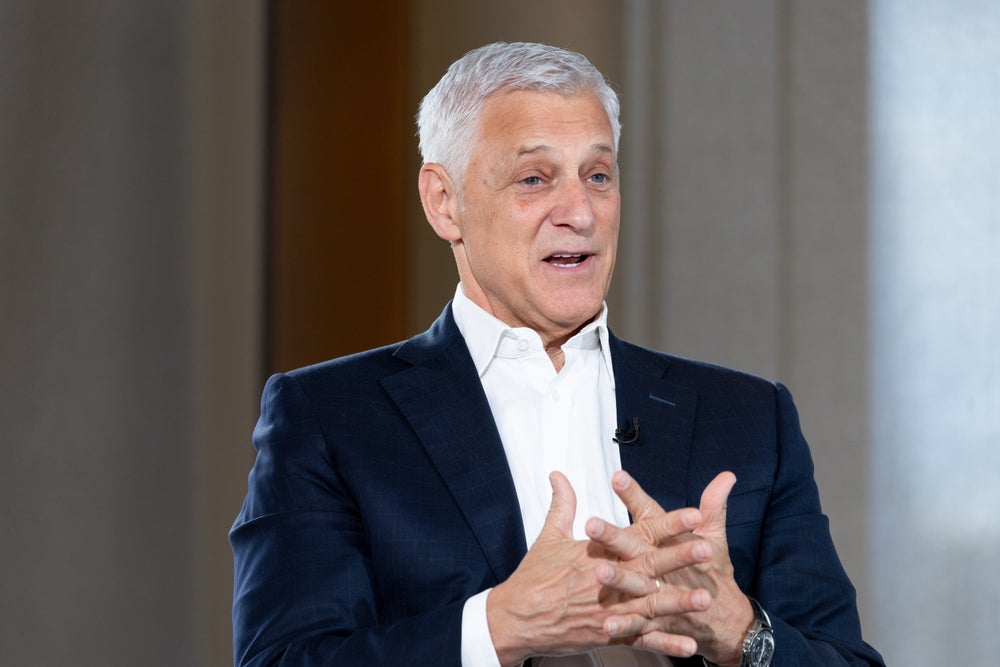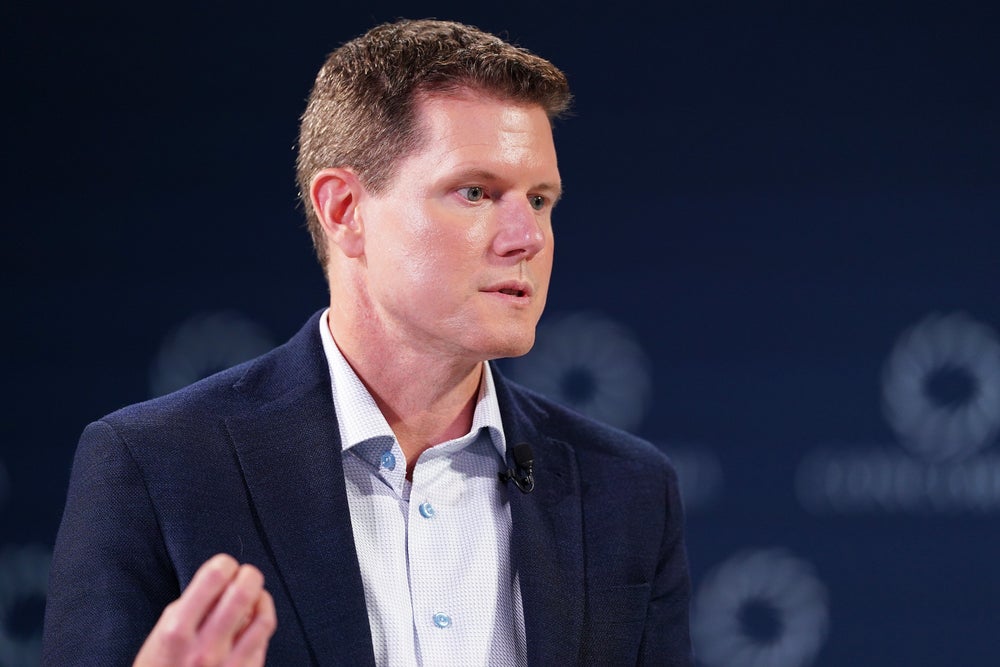Goldman Sachs Internship Acceptance Harder Than Harvard
Goldman Sachs’ famed summer internship program began last week. The 10-week program allows college students to “spend the summer learning from the firm’s leaders, working on the most consequential challenges in finance, and growing as professionals,” according to the company.
But you’ll have an easier time getting accepted into Harvard University than becoming a Goldman Sachs summer intern. While Harvard boasted a low 3.6% acceptance rate for its undergraduate class of 2028, Goldman Sachs had an even lower acceptance rate for its 2025 summer internship: 0.7%.
Over 360,000 global applicants applied for 2,600 seats in offices around the world, marking “the most competitive intern class” in the bank’s history, the firm noted in a LinkedIn post. Over 500 schools were represented, with more than 85 languages spoken among the accepted batch.
Since David Solomon took over as Goldman Sachs CEO in 2018, the number of applicants for the bank’s coveted summer internship program has grown more than 300%, according to Fox Business. Compared to a year ago, the applicant pool has expanded by 15%.
Goldman isn’t the only bank with a less than 1% acceptance rate for its summer internship. JPMorgan reported receiving 493,000 applications last year for 4,000 seats, marking an acceptance rate of 0.8%.
The interview process for Goldman internships involves two steps: First, a 30-minute video interview with HireVue, and second, a “superday” final round of interviews with two to five interviewers. Engineering candidates additionally have to pass an online skills assessment.
According to Glassdoor, interns were asked questions like “Walk me through your resume,” “Explain banking like you were five,” and “Why Goldman Sachs?”
Related: Goldman Sachs CIO Says Coders Should Take Philosophy Classes — Here’s Why
The application process for Goldman’s intern program begins over a year in advance, in the spring of the previous year. Final round interviews are already underway for candidates for next year’s internship class. Applicants have typically completed their junior year of college by the time the internship starts, making them sophomores at the time they apply.
What’s harder than landing an internship at JPMorgan or Goldman Sachs? Being a NASA astronaut, which only accepted 10 out of 12,000 applicants when it opened up selection in 2020, for an acceptance rate of 0.083%.
Goldman Sachs stock was up over 20% year-to-date.
Goldman Sachs’ famed summer internship program began last week. The 10-week program allows college students to “spend the summer learning from the firm’s leaders, working on the most consequential challenges in finance, and growing as professionals,” according to the company.
But you’ll have an easier time getting accepted into Harvard University than becoming a Goldman Sachs summer intern. While Harvard boasted a low 3.6% acceptance rate for its undergraduate class of 2028, Goldman Sachs had an even lower acceptance rate for its 2025 summer internship: 0.7%.
The rest of this article is locked.
Join Entrepreneur+ today for access.
Goldman Sachs Internship Acceptance Harder Than Harvard Read More »







 Bill Winters. Photographer: Jason Alden/Bloomberg via Getty Images
Bill Winters. Photographer: Jason Alden/Bloomberg via Getty Images



 Jason Buechel. Photo by Leigh Vogel/Getty Images for Concordia Summit
Jason Buechel. Photo by Leigh Vogel/Getty Images for Concordia Summit